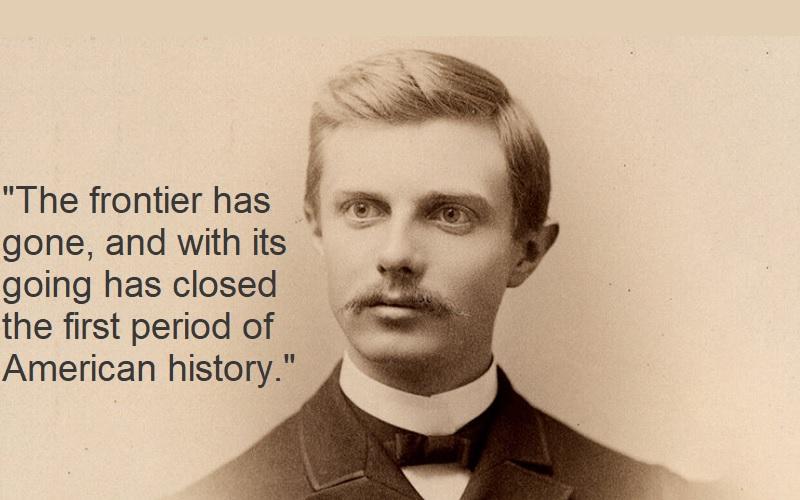
“It was getting late. The lecture hall was stifling from a day of blazing sun, which had tormented the throngs visiting the nearby Chicago World’s Columbian Exposition, a carnival of never-before-seen wonders, like a fully illuminated electric city and George Ferris’ 264-foot-tall rotating observation wheel. Many of the hundred or so historians attending the conference, a meeting of the American Historical Association (AHA), were dazed and dusty from an afternoon spent watching Buffalo Bill’s Wild West show at a stadium near the fairground’s gates.”
This excerpt from “How the Myth of the American Frontier Got Its Start” by Colin Woodard, appearing in the January/February 2023 issue of Smithsonian Magazine, explores the significance of an historic speech made at the 1893 World’s Fair as part of the World’s Congress Auxiliary. Frederick Jackson Turner delivered his lecture on “The Significance of the Frontier in American History” for the World’s Congress of Historians, which opened on July 11, 1893, held in the World’s Congress Auxiliary Building (now the Art Institute of Chicago).
Columbian Exposition historian Rossiter Johnson summarized Jackson’s frontier thesis:
“Up to our own day, [Turner] said, American history has been in a large degree the history of the colonization of the great West. This ever-retreating frontier of unoccupied land is the key to our development. The settlement of the problems that arose at one frontier served as guides for the next frontier—for example, in matters relating to land policy and the Indians. There are various kinds of frontiers which passed westward in successive waves—for example, the Indian’s frontier, the trader’s frontier, the miner’s or rancher’s frontier, and the farmer’s frontier. The methods of advance and the characteristics of each were traced, showing how the Indian was pushed back and how each frontier affected its successor. It was found that the successive frontiers revealed the progress of society. At the same time the United States could show the hunting stage, the pastoral stage, the agricultural stage, and the manufacturing stage, as the traveler crossed the continent from west to east.” [Johnson, Rossiter A History of the World’s Columbian Exposition Held in Chicago in 1893, Volume 4: Congresses. D. Appleton and Co., 1898.]
